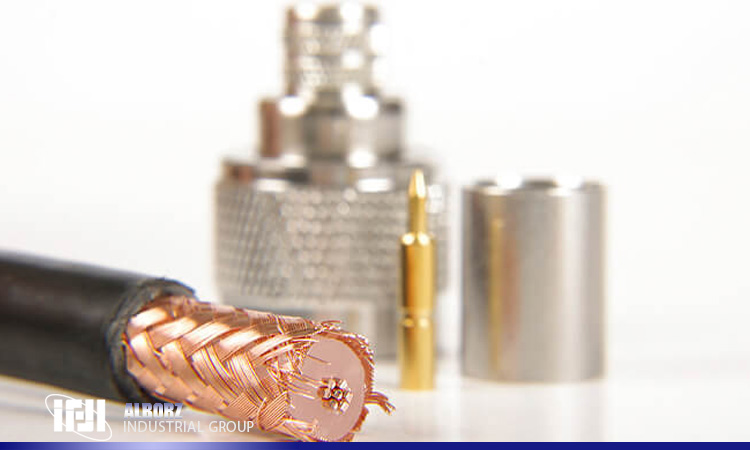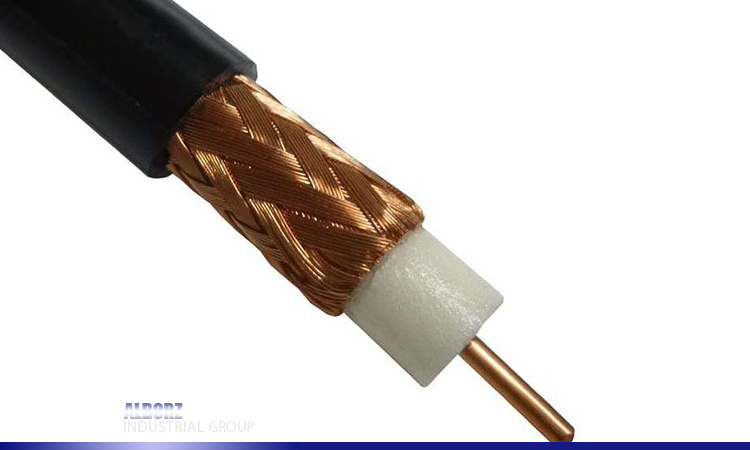Coaxial cables are considered one of the important technologies in data transmission and communications. These cables serve as a communication medium for transferring electrical signals from one point to another in various devices and systems.
In this article, we will examine the details of coaxial cables, their structural components, applications, and advantages.



To determine the proper length of a welding cable, factors such as the required welding current, the type of cable, the welding machine’s current capacity, and environmental conditions must be considered. Typically, through theoretical calculations, practical testing, and the experience of skilled welders, the appropriate length can be determined.
Coaxial cables offer many advantages, including resistance to interference, high-quality signal transmission, suitability for high-frequency signals, and protection of signals against external disruptions.
These cables are used in television and radio communications, computer networks, security systems, telecommunications, and various industrial applications.
With technological advancements, newer types of cables such as fiber optic coaxial cables (FOC) have been introduced. While these technologies may replace coaxial cables in some cases, each has its own advantages and specific applications.
Yes, coaxial cables, like other cables, can be affected by electromagnetic interference. However, the shielding and insulation design of coaxial cables provides greater resistance to such interference.
Contact Infromation
Tehran, 18th km of Fath Highway, Tiba Industrial Complex, Negarestan Street, No. 98
Phone Number : 02146079801 – 0214749
All material and intellectual rights of this website belong to Alborz Industrial Group.